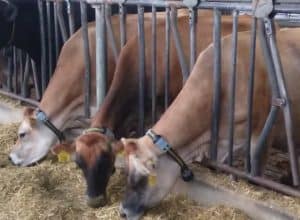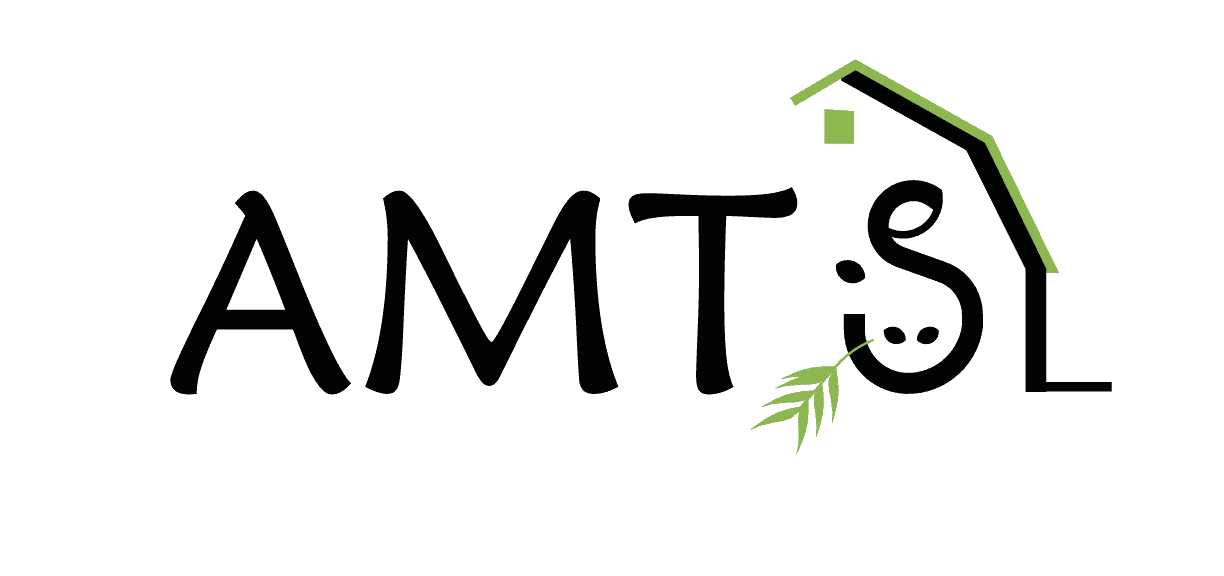
Because forage plays such a large role in most modern dairy cow diets, there is much research and attention given to forage analysis. Over the years several studies have looked at the importance of taking good forage samples and sending them to reputable labs for analysis. In a recent article In Drover’s, Jordan Hunt, provided an excellent summary on collecting good samples. In another article from The University of Wisconsin Forage Team, research by Bill Weiss and Norm St-Peirre, summarized by Randy Shaver, Pat Hoffman, and Paul Dyk, laid out the influence of herd size to forage sampling frequency. Improvements in NIR technology and larger data sets for better calibration have led to 24 hr. turnarounds on submitted samples as was discussed by Randy Shaver in a 2018 article in Hay & Forage Grower. In a The Nutritionist webinar from Sam Fessenden reviewed the important inputs in CNCPS based formulation programs, like AMTS.Pro. He stated that a nutritionist, with limited ability to collect specific data on a farm, would be better served by using farm specific feed analyses and default value environmental, activity, and animal inputs than being spot-on with environmental, activity, animal characteristic and using library values for feed analysis. In other words—the feed analyses really matter!
Yeah—but what nutrient profiles are most important for the model? Sam to the rescue—once again. In a nicely summarized list for training, he ranked laboratory analyses for optimal AMTS model use.

So bottom-line, use good sampling techniques, sampling is dependent on herd size, reputable forage laboratories are able to provide fast, accurate, reliable sample reports, and use your analyses in AMTS.Cattle.Pro for your forages and any feed that has significant variability load-to-load. Next week, we will put up a video demonstrating the Import Feed Analyses Tool in .Pro. The four major feed analysis laboratories, CVAS, DairyLand, DairyOne, and Rock River have worked with us to create packages and a standard report that is easily imported into the program. Each lab has affiliates outside the US.
